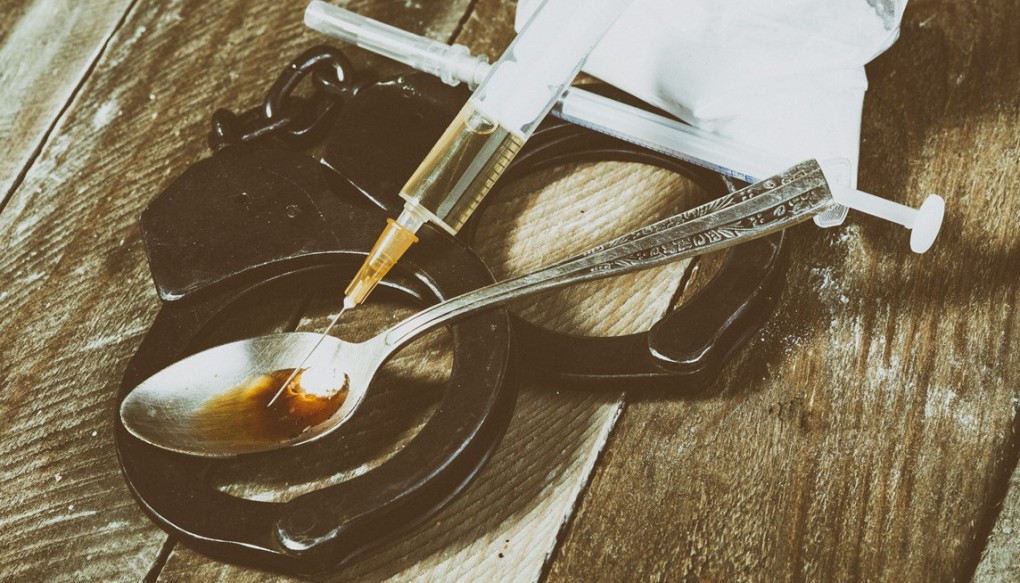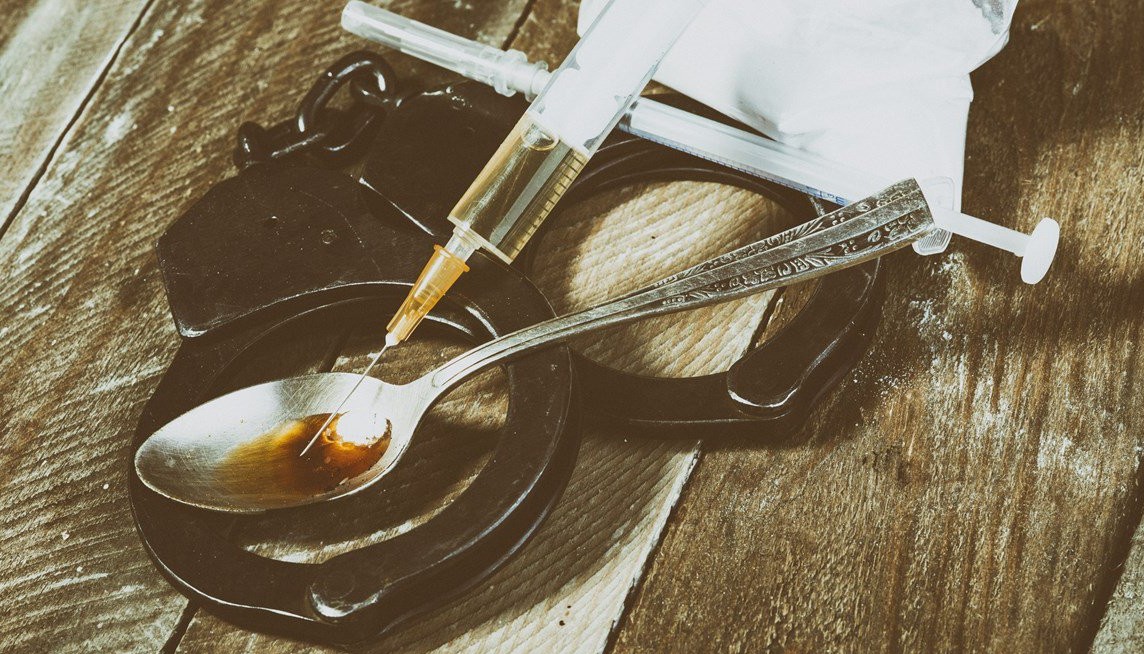Drug War Intensifies, Opioid Deaths Increase
By Dan King
Last month, President Donald Trump appointed New Jersey Gov. Chris Christie as the head of a task force aimed at curbing opioid use and abuse. On April 11, it was announced that Pennsylvania Rep. Tom Marino would likely step down from his current position to lead the Office of National Drug Control Policy (ONDCP) as the “drug czar.” However, increased drug control is unlikely to prevent drug-related deaths. Before instituting harsher drug policies, Christie and Marino must acknowledge that drug regulation has already made the situation deadlier.
New Jersey has seen opioid deaths climb by 214 percent since 2010.
Throughout his political career, Christie vowed to further regulate various drugs ranging from marijuana to heroin. Despite his “get tough” attitude on narcotics, his state has seen opioid deaths climb by 214 percent since 2010. Yet Christie continues to make battling overdoses his top, and seemingly only, priority in his final year in office. He recently signed a bill into law that bars doctors from issuing a script of longer than five days for first-time painkiller prescriptions. It also requires that any prescription of a pain killer for acute pain is the “lowest effective dose.”
Widget not in any sidebars
Similarly, in his time in Congress, Marino has focused a lot on drug issues. He introduced drug regulation bills in the house, including the Transnational Drug Trafficking Act which aims to stop drug trafficking across borders, and a bill that increases collaboration between the Drug Enforcement Agency and prescription pill companies.
While these may sound like well-intentioned policies aimed at curbing the nation’s drug problems, similar initiatives have made the situation worse in the past.
Unsuccessful History
In 2011, Colorado officials increased regulations on prescription drugs. While opiate deaths decreased by six percent in 2016, heroin deaths increased by 23 percent and cocaine deaths by 50 percent. While correlation doesn’t equal causation, health leaders in that state, including Executive Director of the Department of Health Larry Wolk, have suggested those who were abusing prescription opioids moved to heroin and cocaine when the pills became more difficult to acquire, thereby leading to the spike in related deaths.
Throughout history, particularly during the Progressive Era, other regulatory initiatives have been harmful as well.
In 1914, Congress passed the Harrison Narcotics Tax Act. The law taxed and regulated opium and coca leaves. Harvard historian Lisa McGirr argues in her recent book, The War on Alcohol: Prohibition and the Rise of the American State, that this prohibition made way for more dangerous drugs.
Constant heroin crackdowns have led addicts to find stronger and more dangerous alternatives, often turning to black market “heroin” laced with other, unknown drugs.
“Heroin had come into circulation to fill a void in the market after the Harrison Act and the Jones Miller Act dried up domestic sources of cocaine and opium,” McGirr writes in the final chapter of her book.
She suggests: “Ironically, heroin trafficking increased in no small part due to the suppression of less harmful narcotic substances.”
That’s what happens when one drug is criminalized or over-regulated – a more dangerous version takes its place. That’s become abundantly clear since President Richard Nixon launched the second War on Drugs in 1971. Over the last few decades, drug warriors like Nixon and Ronald Reagan have made the drug issue even worse, with a focus on law enforcement and the “Just Say No” campaign.
The same thing is happening in modern America. Constant crackdowns on heroin have led addicts to find stronger and more dangerous alternatives. Black market “heroin” often comes mixed with incredibly strong drugs like fentanyl, carfentanil, and W-18. The mixing has led to users not knowing what (and how much) they are putting in their bodies. Western California University professor Audrey Redford attributes the rise in “designer drugs” and other dangerous substances to the Controlled Substance Act of 1970, which has created the modern “scheduling” system for illicit substances in America.
Over the last decade and a half, there’s been a notable increase in drug overdose deaths from 6.1 per 100,000 in 1999 to 16.3 per 100,000 in 2015, according to the Centers for Disease Control and Prevention. While those numbers aren’t quite epidemic levels, they’d be lower without the black market that prohibition has created.
To slow drug deaths, the Trump administration needs to realize that regulation has caused many of the ills we see today. Christie and Marino’s regulatory tendencies, combined with the hardline, anti-drug approach of Attorney General Jeff Sessions, will make the human toll of the nation’s drug problem drastically worse. Addicts will continue to be driven to the black market to get their fix, leading to more death and disease.
Dan King is a Young Voices Advocate and a journalist residing in New York’s Adirondacks. He writes about free speech and civil liberties and can be found on Twitter @Kinger_Editor.
This article was originally published on FEE.org. Read the original article.





